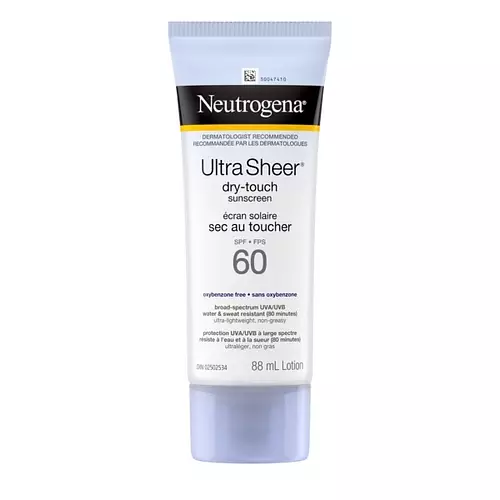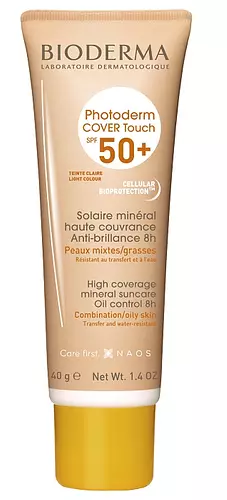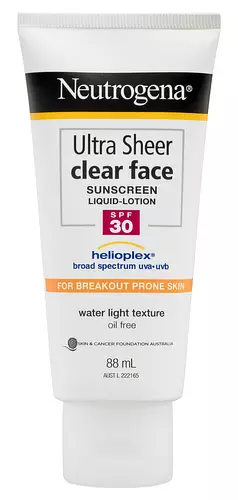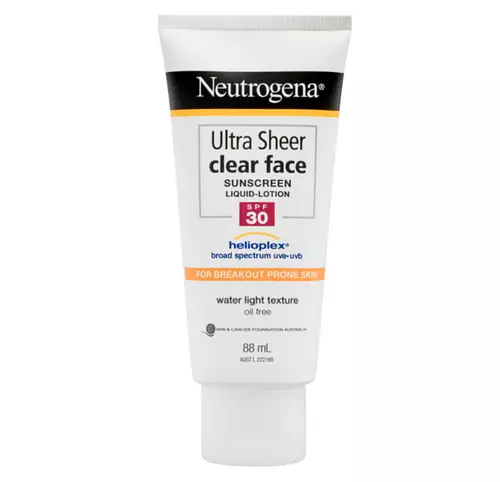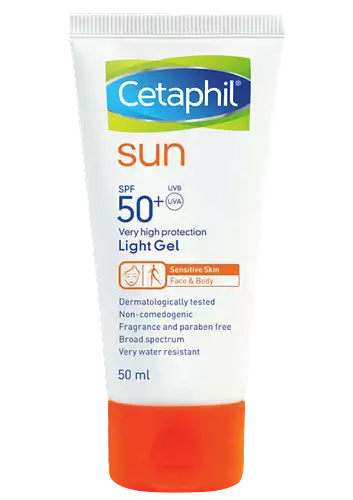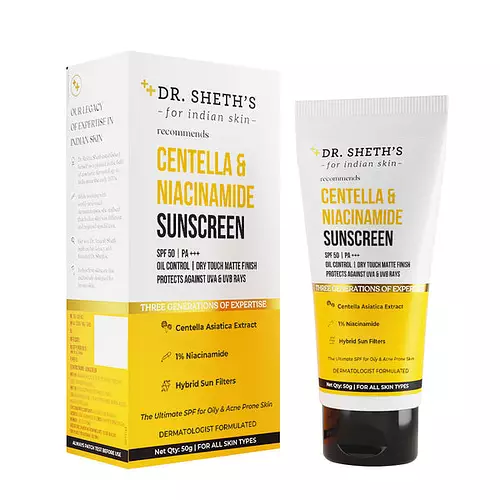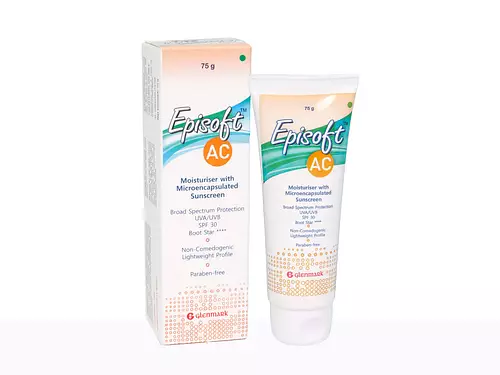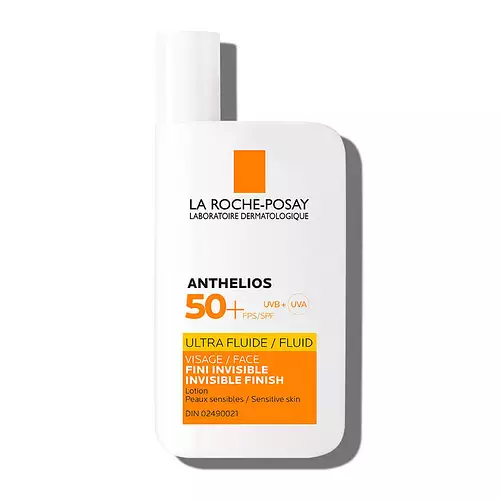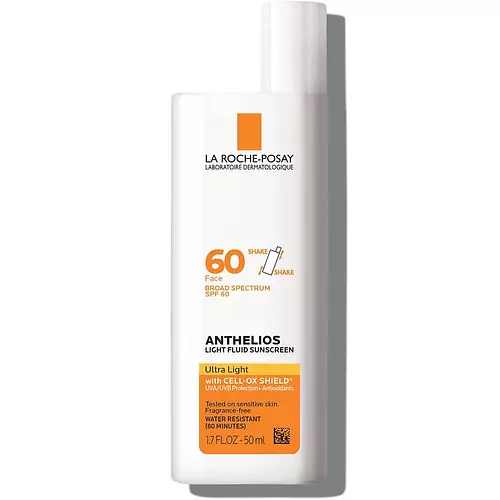Eskeen Sunskeen ProTech Cream SPF50 Versus Neutrogena Ultra Sheer Dry-Touch Sunscreen SPF60
Updated on October 17, 2023
Overview
What they are
These products are both sunscreens. They have a total of 3 ingredients in common
Cool Features
They both contain SPF
Suited For
They're both likely to be good for brightening skin
Free From
They both do not contain any sulfates
We independently verify ingredients, and our claims are backed by peer-reviewed research. Spot a product that needs an update? Let us know.
Ingredient Info
Eskeen Sunskeen ProTech Cream SPF50 26 ingredients
Neutrogena Ultra Sheer Dry-Touch Sunscreen SPF60 33 ingredients
At a glance
Click on any of the items below to learn more
Eskeen Sunskeen ProTech Cream SPF50 26 ingredients
Neutrogena Ultra Sheer Dry-Touch Sunscreen SPF60 33 ingredients
Notable Ingredients
This product contains 1 ingredient that may have this attribute:
This product contains 2 ingredients that may have this attribute:
This product contains 1 ingredient that may have this attribute:
Benefits
This product contains 1 ingredient that may have this attribute:
This product contains 1 ingredient that may have this attribute:
This product contains 1 ingredient that may have this attribute:
This product contains 1 ingredient that may have this attribute:
This product contains 1 ingredient that may have this attribute:
This product contains 1 ingredient that may have this attribute:
This product contains 1 ingredient that may have this attribute:
Concerns
This product contains 2 ingredients that may have this attribute:
This product contains 1 ingredient that may have this attribute:
This product contains 4 ingredients that may have this attribute:
Notable Ingredients
This product contains 4 ingredients that may have this attribute:
This product contains 1 ingredient that may have this attribute:
This product contains 1 ingredient that may have this attribute:
Benefits
This product contains 1 ingredient that may have this attribute:
Concerns
This product contains 1 ingredient that may have this attribute:
This product contains 1 ingredient that may have this attribute:
This product contains 1 ingredient that may have this attribute:
This product contains 2 ingredients that may have this attribute:
This product contains 5 ingredients that may have this attribute:
This product contains 4 ingredients that may have this attribute:
Ingredients Side-by-side
Ingredients Explained
These ingredients are found in both products.
Ingredients higher up in an ingredient list are typically present in a larger amount.
Water. It's the most common cosmetic ingredient of all. You'll usually see it at the top of ingredient lists, meaning that it makes up the largest part of the product.
So why is it so popular? Water most often acts as a solvent - this means that it helps dissolve other ingredients into the formulation.
You'll also recognize water as that liquid we all need to stay alive. If you see this, drink a glass of water. Stay hydrated!
Learn more about WaterGlyceryl Stearate is a mix of glycerin and stearic acid.
Glyceryl Stearate is used to stabilize the mixing of water and oil ingredients. By preventing these ingredients from separating, it can help elongate shelf life. It can also help thicken the product's texture.
As an emollient, it helps soften skin and supports barrier-replenishing ingredients.
In cosmetics, Glyceryl Stearate is often made from vegetable oils or synthetically produced. The human body also creates Glyceryl Stearate naturally.
Learn more about Glyceryl StearateXanthan gum is used as a stabilizer and thickener within cosmetic products. It helps give products a sticky, thick feeling - preventing them from being too runny.
On the technical side of things, xanthan gum is a polysaccharide - a combination consisting of multiple sugar molecules bonded together.
Xanthan gum is a pretty common and great ingredient. It is a natural, non-toxic, non-irritating ingredient that is also commonly used in food products.
Learn more about Xanthan GumIngredient Ratings
Here's what our community thinks of the ingredients in these products.
When to use
Eskeen Sunskeen ProTech Cream SPF50 26 ingredients
Neutrogena Ultra Sheer Dry-Touch Sunscreen SPF60 33 ingredients

Reviews
Here's what our community thinks
Eskeen Sunskeen ProTech Cream SPF50 26 ingredients
Neutrogena Ultra Sheer Dry-Touch Sunscreen SPF60 33 ingredients
CaroleD
This is the best sunscreen I’ve found so far for my oily skin, the 3 pack from Costco makes it quite cheap.
I mostly use it on my face but also...
This is the best sunscreen I’ve found so far for my oily skin, the 3 pack from Costco makes it quite cheap.
I mostly use it on my face but also use it on my body if I don’t cover my skin with clothing.
The only issue is that it burns the crap out of my eyes but I haven’t found a chemical sunscreen that doesn’t do that.
ZarephLae
A very good, lightweight sunscreen that works best for oily skin. It doesn't feel greasy on the skin and is quite spreadable. I do think it could...
A very good, lightweight sunscreen that works best for oily skin. It doesn't feel greasy on the skin and is quite spreadable. I do think it could be a little cheaper bad just a tad more spreadable so I'm not using as much product.

